Lumen Development Log 1: Theme & Mechanics
Written by Captain Carol
August 12, 2022
Exposure Dice: The Dream
Exposure Dice is a creative photography tool designed to inspire experimentation with ISO, shutter speed, and aperture. Whether used for self-guided challenges, classroom exercises, or playful creative exploration, these dice help photographers break out of their comfort zones and embrace the art of light and exposure.
I began working on this project in 2023. I produced one really rough prototype and then had to turn my attention towards publishing Lumen, but I’m back to work looking for a manufacturer that can create these in the ideal sizes and shapes I would like so I can figure out how expensive it will be to produce.
I submitted a request for some information and a quote from my Lumen manufacturer last week but communicating with overseas manufacturers can be difficult due to language and communicatoin barriers. After several confusing emails I made a video showing my first prototype and I put together a spec document illustrating and describing what I want to produce. My contact, Bingo, has already let me know how helpful this is. Here’s hoping I will be able to move forward with this project soon.
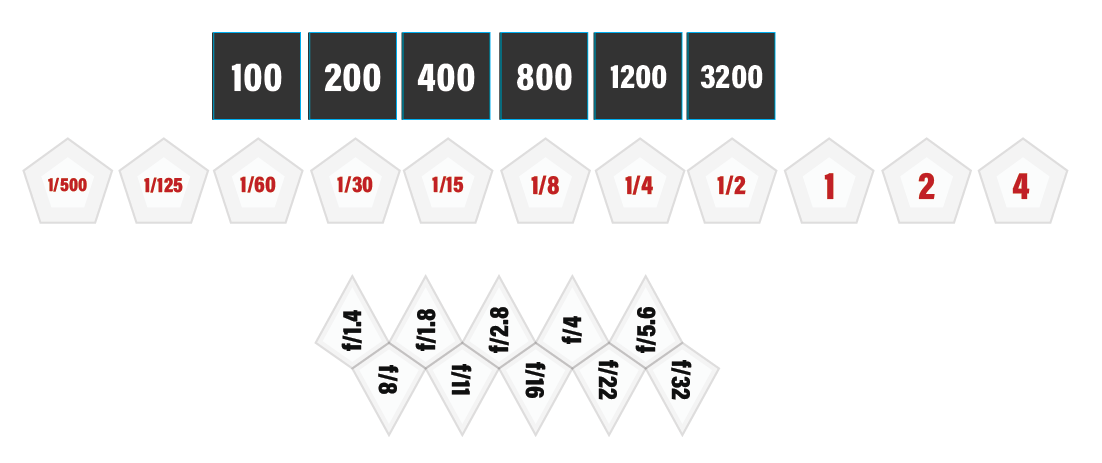
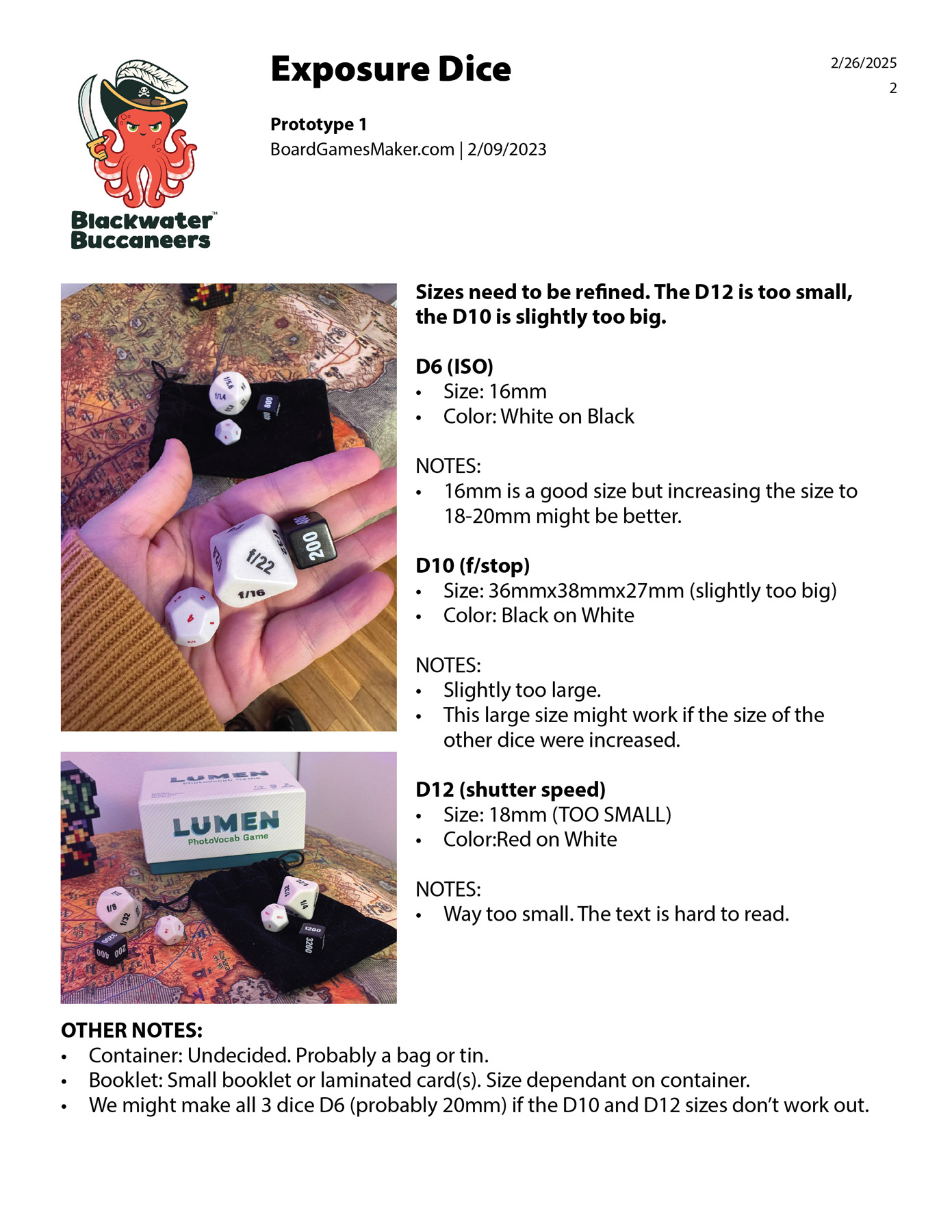
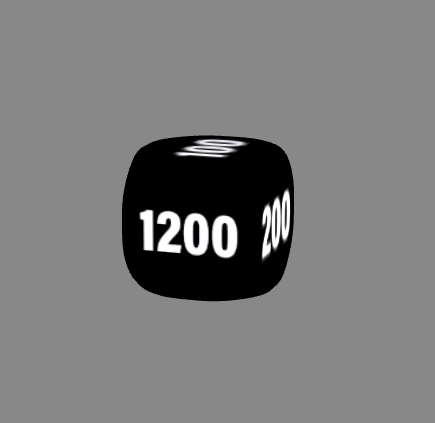
D6 (ISO) Dice
Size: 16-20mm
Color: White on Black
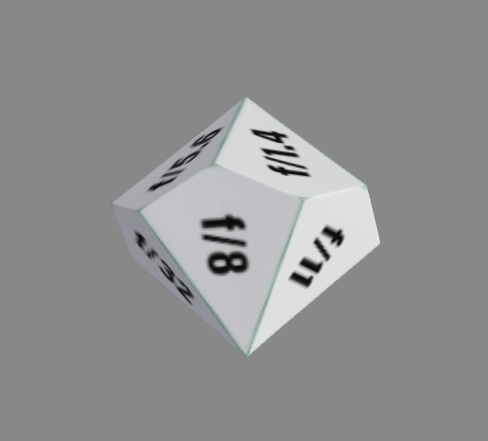
D10 (f/stop) Dice
Size:
Color: Black on White
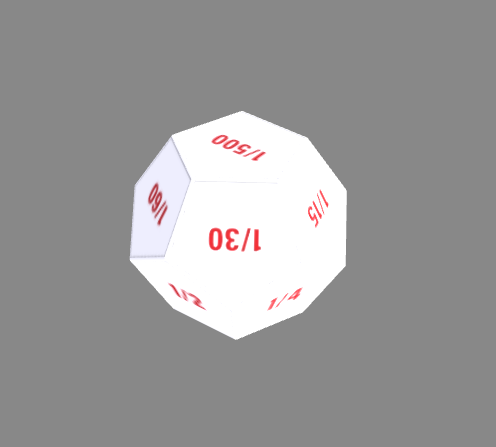
D12 (Shutter Speed) Dice
Size:
Color: Red on White
